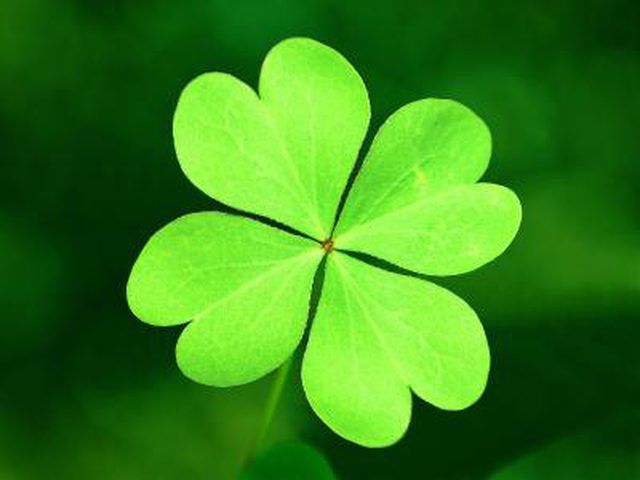Bulbs
Flower Basics
Flower Beds & Specialty Gardens
Flower Garden
Garden Furniture
Garden Gnomes
Garden Seeds
Garden Sheds
Garden Statues
Garden Tools & Supplies
Gardening Basics
Green & Organic
Groundcovers & Vines
Growing Annuals
Growing Basil
Growing Beans
Growing Berries
Growing Blueberries
Growing Cactus
Growing Corn
Growing Cotton
Growing Edibles
Growing Flowers
Growing Garlic
Growing Grapes
Growing Grass
Growing Herbs
Growing Jasmine
Growing Mint
Growing Mushrooms
Orchids
Growing Peanuts
Growing Perennials
Growing Plants
Growing Rosemary
Growing Roses
Growing Strawberries
Growing Sunflowers
Growing Thyme
Growing Tomatoes
Growing Tulips
Growing Vegetables
Herb Basics
Herb Garden
Indoor Growing
Landscaping Basics
Landscaping Patios
Landscaping Plants
Landscaping Shrubs
Landscaping Trees
Landscaping Walks & Pathways
Lawn Basics
Lawn Maintenance
Lawn Mowers
Lawn Ornaments
Lawn Planting
Lawn Tools
Outdoor Growing
Overall Landscape Planning
Pests, Weeds & Problems
Plant Basics
Rock Garden
Rose Garden
Shrubs
Soil
Specialty Gardens
Trees
Vegetable Garden
Yard Maintenance
How to Harvest Clover Seed
How to Harvest Clover Seed. Clover is a plant that has been used as a winter cover crop, a field cover, and as a general soil enhancer. Clover is a quick-growing perennial that does well in most soils, although it prefers loamy soils with a balanced pH. Commercial growers have heavy equipment to plant and harvest the seeds, but with a little...

Clover is a plant that has been used as a winter cover crop, a field cover, and as a general soil enhancer. Clover is a quick-growing perennial that does well in most soils, although it prefers loamy soils with a balanced pH. Commercial growers have heavy equipment to plant and harvest the seeds, but with a little know-how, you can easily harvest clover seed in a small setting.
Things You'll Need
Paper bag
Tray
Colander
Airtight container
Look over your clover plants. You should see healthy-looking plants with many blossoms. The flowers in bloom are not ready for picking, so look for the blooms that have passed and turned either brown or black.
Clover is known for being self-seeding, because new plants will grow where the seeds fall. The longer you leave dead blossoms on the plant, the more likely they are to drop their seeds, so pick the spent blossoms as soon as you find them. Hold the faded blossom between your thumb and forefinger, give it a firm twist, and pull. The flower should come right off.
Place the picked seed heads in a paper bag. They need to stay dry until you are ready to harvest the seeds. If you notice that the plants are still green and the flowers have not totally dried, spread them out in a dry area until the blossoms have fully dried.
Crush the dried seed heads so the seeds fall loose, then pour the whole mass of seed heads and seeds into a colander. Shake the colander, and the seeds will fall through into a bowl. Save the seeds in an airtight container in a cool, dark place until you are ready to plant them.